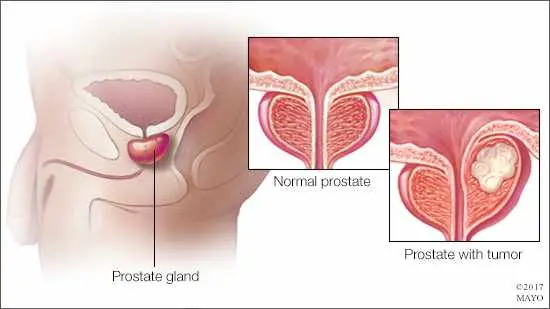Traveling long distances in transport can be difficult for anyone, but those with prostate adenoma may find it especially challenging. Prostate adenoma is a noncancerous enlargement of the prostate gland, and it is a common condition among men over the age of 50. This blog post will discuss the implications of having prostate adenoma and how it affects taking long trips in transport, as well as potential ways to make such trips more comfortable.
The condition
With prostate adenoma, long trips in transport can have an impact on the severity of symptoms. Prostate adenoma is a benign tumor of the prostate that is usually asymptomatic and may cause no symptoms at all. However, when the tumor grows larger, it can lead to symptoms such as frequent urination, weak urine stream, urgency to urinate, and incontinence. These symptoms can be exacerbated if a person with prostate adenoma travels for an extended period of time in a car, bus, train, or plane. The confined space and vibrations from the vehicle can aggravate the existing symptoms, making them more severe and difficult to manage.
The symptoms
Prostate adenoma is an enlargement of the prostate gland. It is a benign growth that can lead to a variety of urinary symptoms. Symptoms of prostate adenoma may include:
A frequent urge to urinate
Weak urine stream
Difficulty starting urination
Needing to strain while urinating
Burning sensation while urinating
Feeling that the bladder is not empty even after urinating
Painful ejaculation
Pain in the lower back, hips, or upper thighs
These symptoms can be particularly exacerbated when engaging in activities such as long trips in transport. When sitting for long periods of time, the pressure from the seat may cause irritation of the bladder or urethra, which can increase the frequency of the need to urinate or worsen other symptoms. To avoid discomfort, it is important to be mindful of the condition and take preventative measures before and during travel.
The treatment
When it comes to the treatment of prostate adenoma, it is important to understand that the goal is not to cure the condition. The primary objective is to reduce symptoms and manage any potential complications. The most common treatments for prostate adenoma include lifestyle changes, medications, and surgery. Lifestyle changes such as reducing stress, eating a healthy diet, and getting regular exercise can help reduce the size of the adenoma and lessen any related symptoms. Medications such as alpha-blockers, which relax the muscles in the prostate, can also help reduce symptoms. Surgery may be necessary for larger adenomas or those that are causing severe symptoms. It involves removing part or all of the prostate gland.
Another factor to consider when treating prostate adenoma is avoiding long trips in transport. Long trips can increase the risk of urinary tract infections and other complications, so it’s best to plan shorter journeys if possible. Overall, there are various treatments available for prostate adenoma, and it’s important to speak with a healthcare professional to find the best option for your individual needs.
The conclusion
Overall, with prostate adenoma, long trips in transport can be an uncomfortable experience. However, by understanding the condition, its symptoms, and available treatments, those affected can take steps to reduce their discomfort and maintain good health. Prostate adenoma can be a chronic condition, so it is important to have a clear understanding of the condition and its potential impact on lifestyle. By addressing the root cause of the problem, individuals can reduce the need for painful treatments or even prevent the need for them altogether. To do this, it is important to make sure that one’s diet is full of vegetables, fruits, and other healthy foods that can help keep hormone levels balanced. Additionally, supplements such as Saw Palmetto extract can help with reducing inflammation associated with prostate issues. Furthermore, exercising regularly helps keep stress levels low while also helping one’s body stay in shape. Lastly, getting regular checkups helps ensure that any problems related to prostate adenoma are being monitored closely. With these measures taken together, long trips in transport become much easier to manage while living with prostate adenoma.

